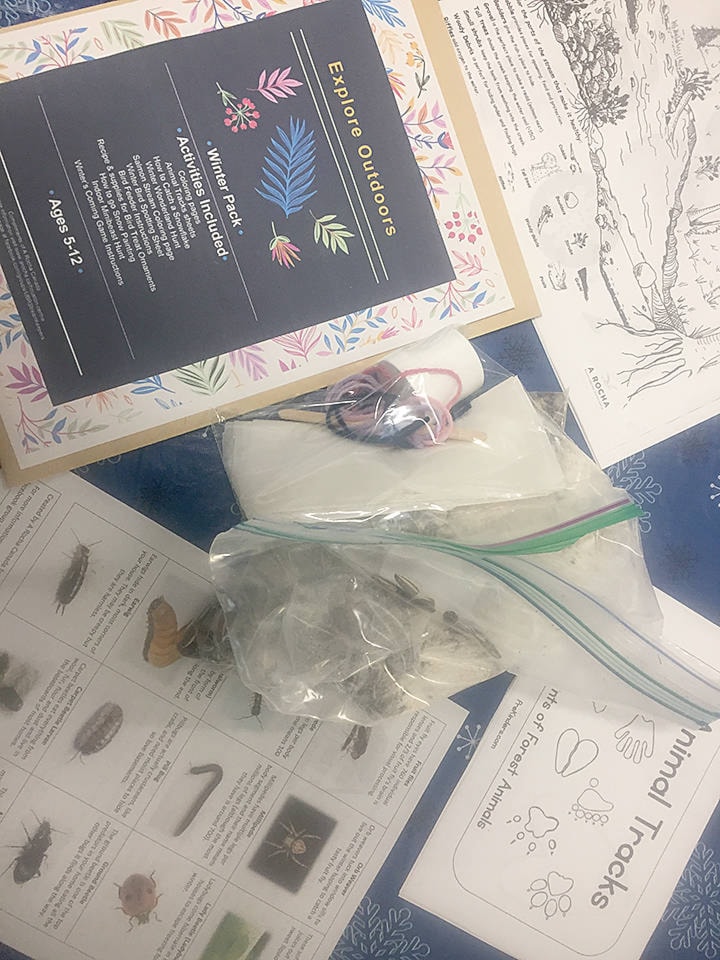Snow. We act surprised that it’s here but it comes every year at the same time. And if you’ve ever taken the time to look closely at it I’m sure you would agree that it is amazing. But what is it really? The simple answer is, of course, frozen water. But there’s so much more.
Snow flakes are formed when temperatures in the atmosphere are below freezing and there is moisture in the air. Each snowflake reflects the chemical structure of water, or H2O in scientific terms, which is why they are always hexagonal (six sided) in shape; and the temperature of the cloud where the snowflake is formed determines whether it has plates, needles, hollow columns or look lacy according to Snowflake Chemistry - Answers to Common Questions (www.thoughtco.com/snowflake-chemistry-answers-608505)
In a gentle snow fall air is trapped between each flake absorbing soundwaves which is why it is so quiet right after a new snow. As the snow melts and refreezes and more snow falls the snowpack becomes compacted allowing sound waves to bounce freely making sound more crisp and clear. With each layer of snow melting and shifted by wind create different layers that can be seen by digging a snow pit. Some layers may be compact and solid while other layers may be made up of tiny, loose ice crystals.
Since these loose layers can make snow unstable and are often the cause of avalanches, understanding snow layering is an important skill if you are a snowmobiler or back country skier. According to the provincial government’s weather station at Lu Lake snow depth was 62 cm on Dec. 23, 2020 which is above the 25-75 year average recorded for the same day in years previous but still below last year’s maximum depth of 104 on March 14. (https://aqrt.nrs.gov.bc.ca/Data/DataSet/Chart/Location/4B15P/DataSet/SD/Telemetry/Interval/Latest)
There are many places in Houston to snowshoe, ski or snowmobile (check out www.houstonhikers.ca for directions to some of the best places) but this year don’t just use snow as a backdrop for your entertainment…take the challenge to really get to know it. During the next snowfall observe the patterns of each snowflake by taking a dark piece of paper (that you have cooled in the freezer) outside and catch snowflakes. Dig a snow pit in your yard and observe the layers of the snow and then describe them and guess what conditions created them. Keep an eye on the weather and see if you can predict when and how it’s going to snow. And most of all get outside, enjoy snows beauty and awesomeness and stay safe.
Sources:
Helmenstine, Anne Marie, Ph.D. “Snowflake Chemistry - Answers to Common Questions.” ThoughtCo, Sept. 2, 2020, thoughtco.com/snowflake-chemistry-answers-608505.
https://aqrt.nrs.gov.bc.ca/Data/DataSet/Chart/Location/4B15P/DataSet/SD/Telemetry/Interval/Latest
https://nsidc.org/cryosphere/snow/science/formation.html
https://www.nationalgeographic.org/encyclopedia/snowpack/
